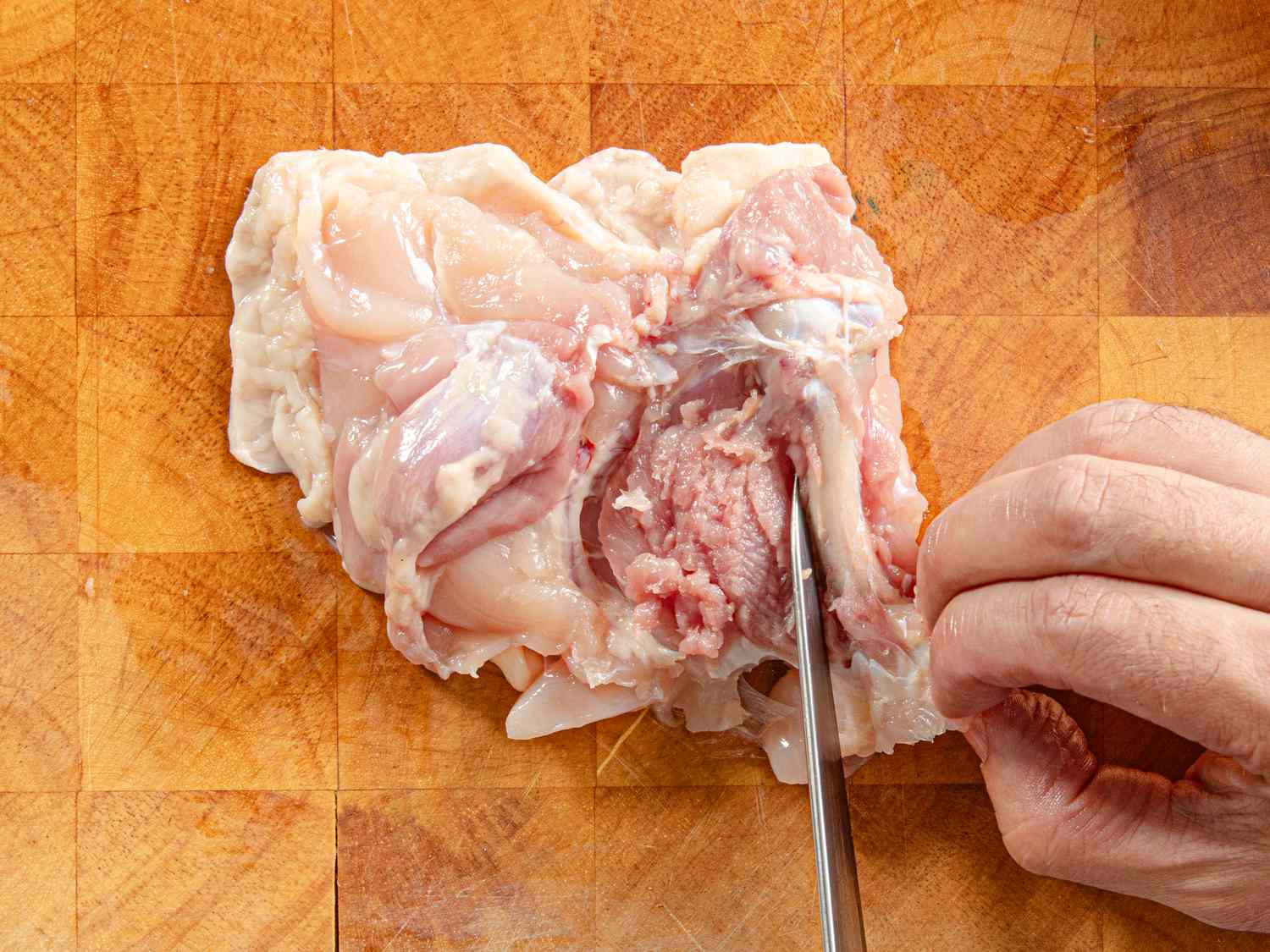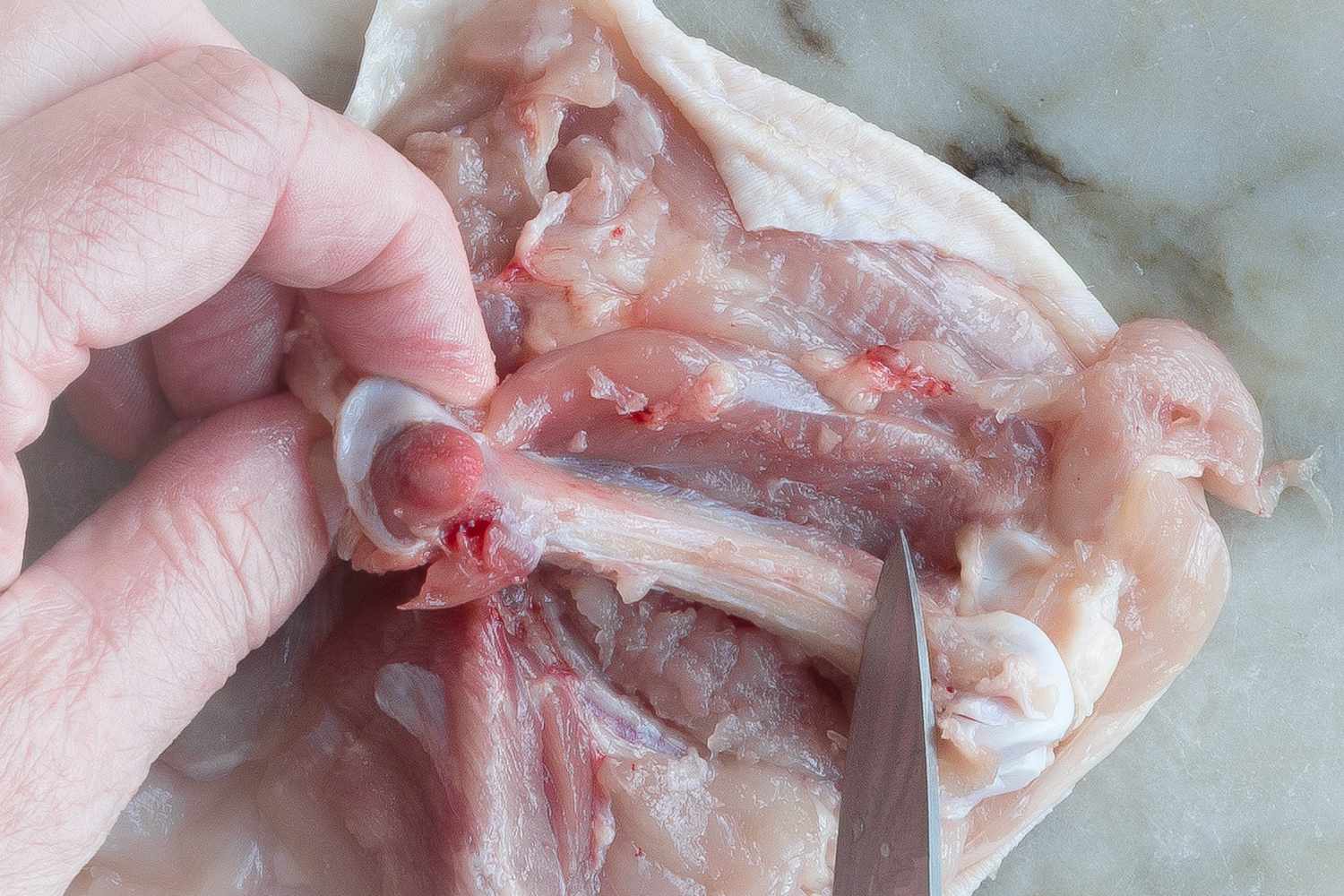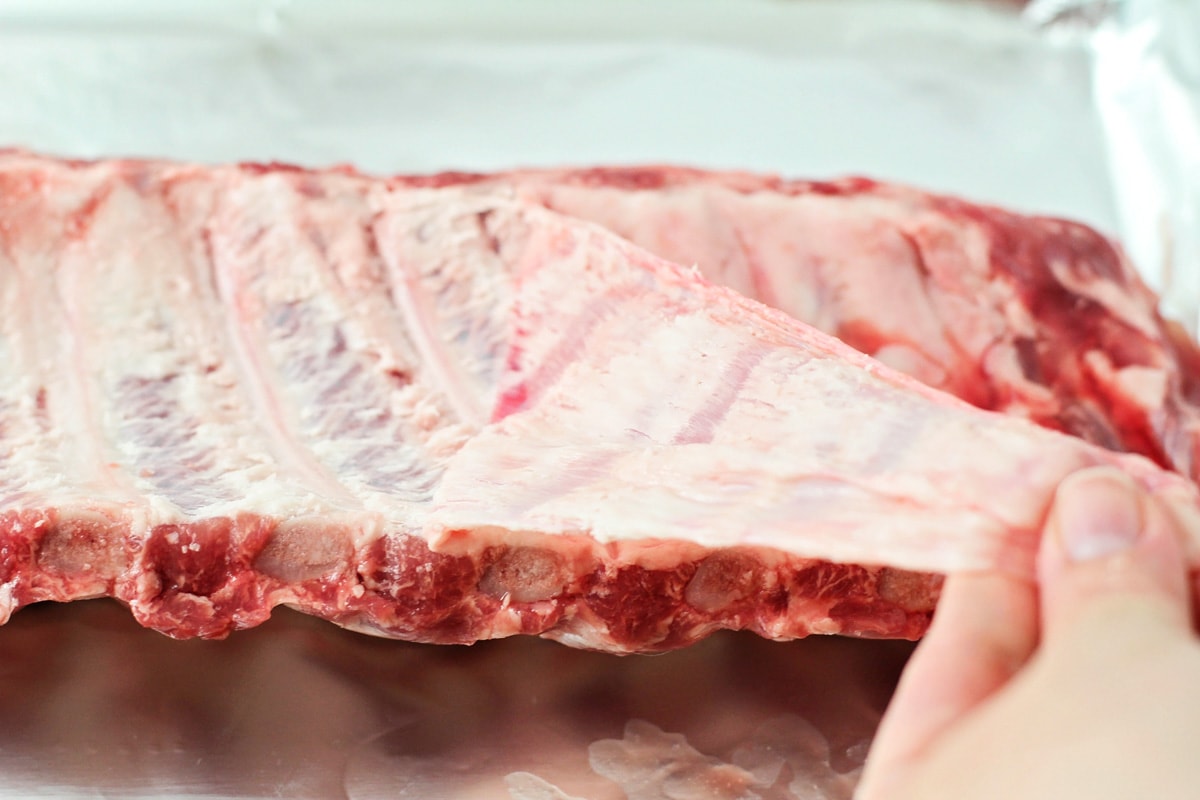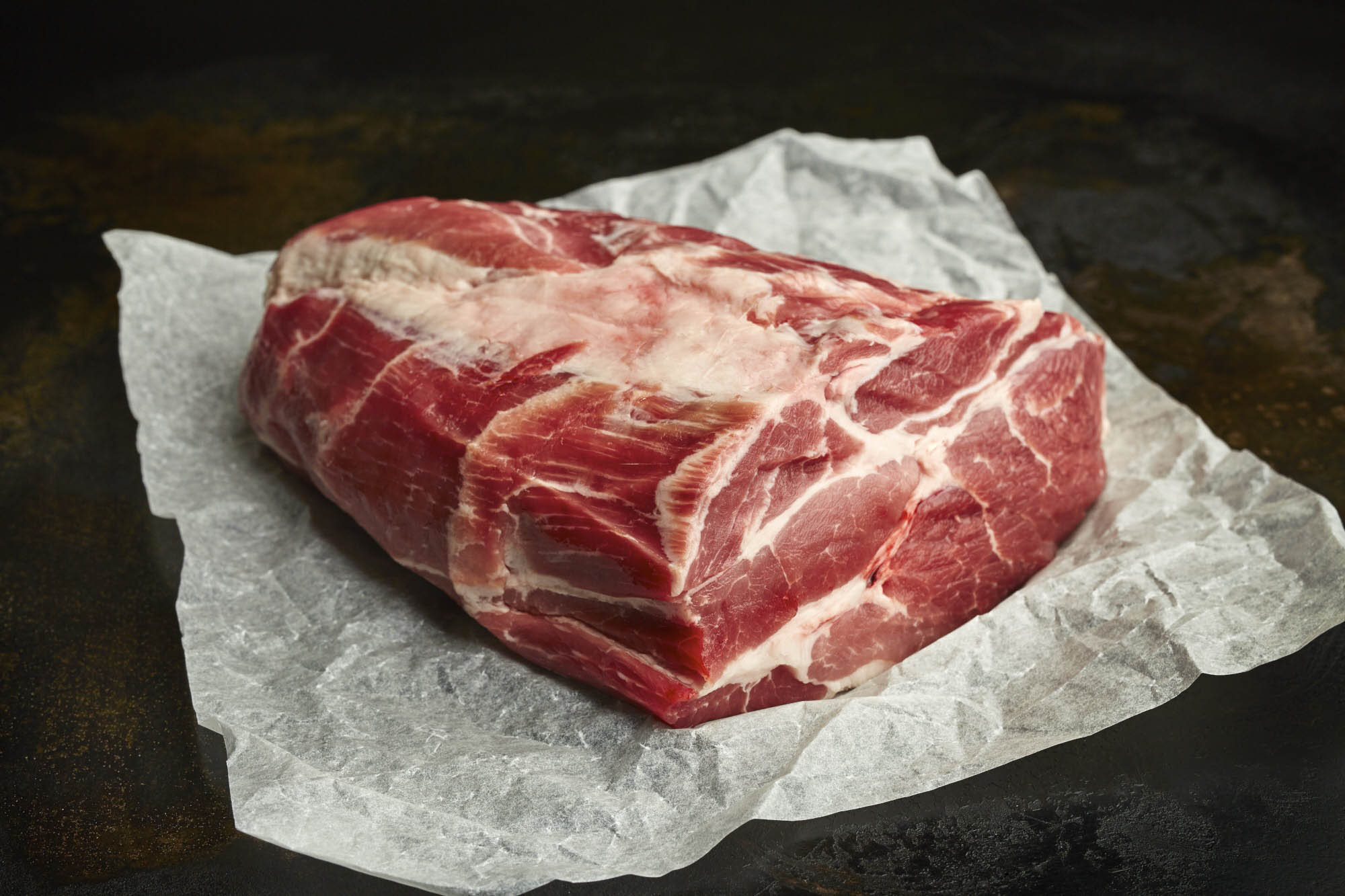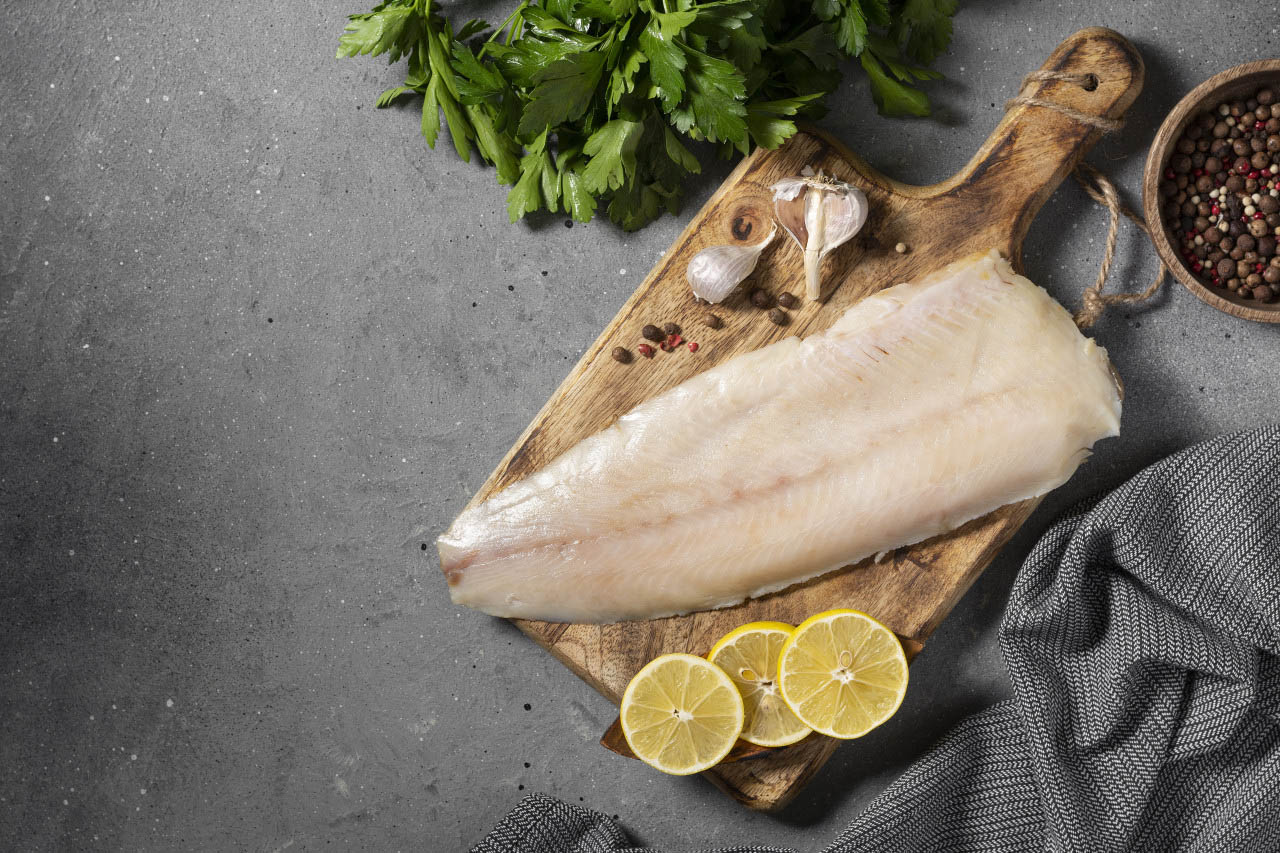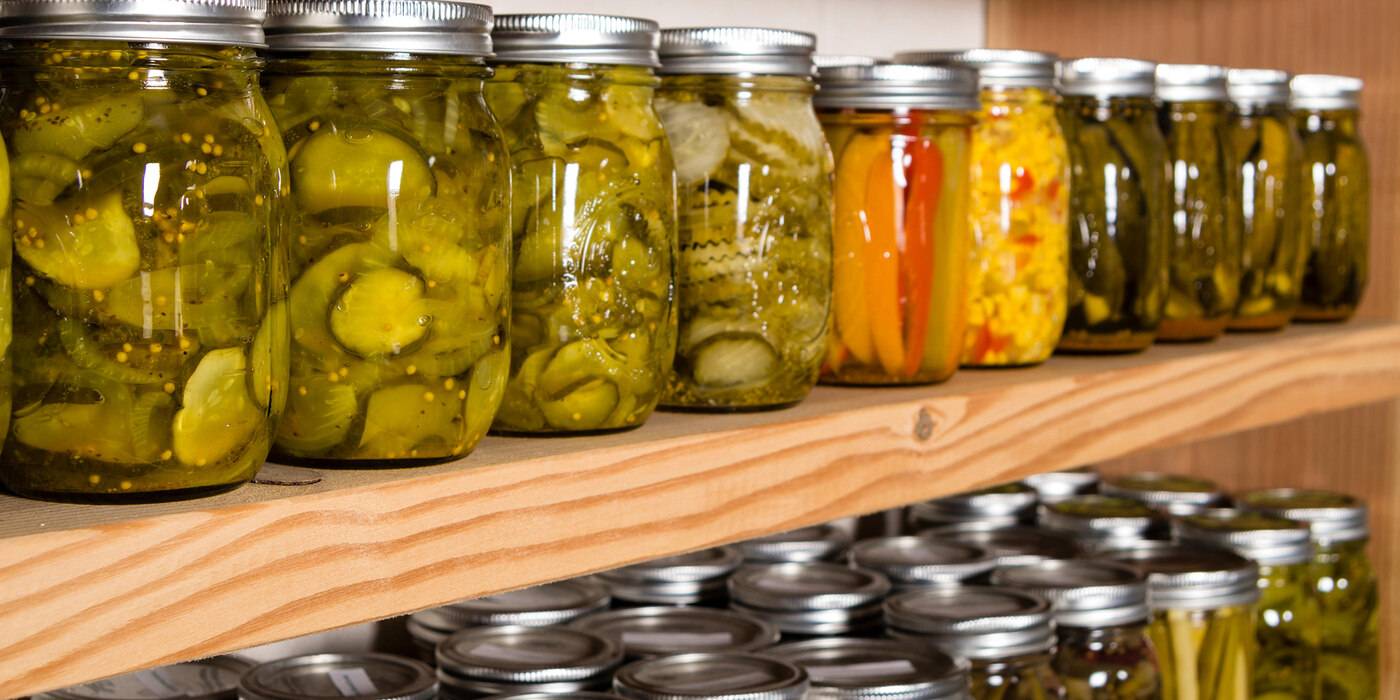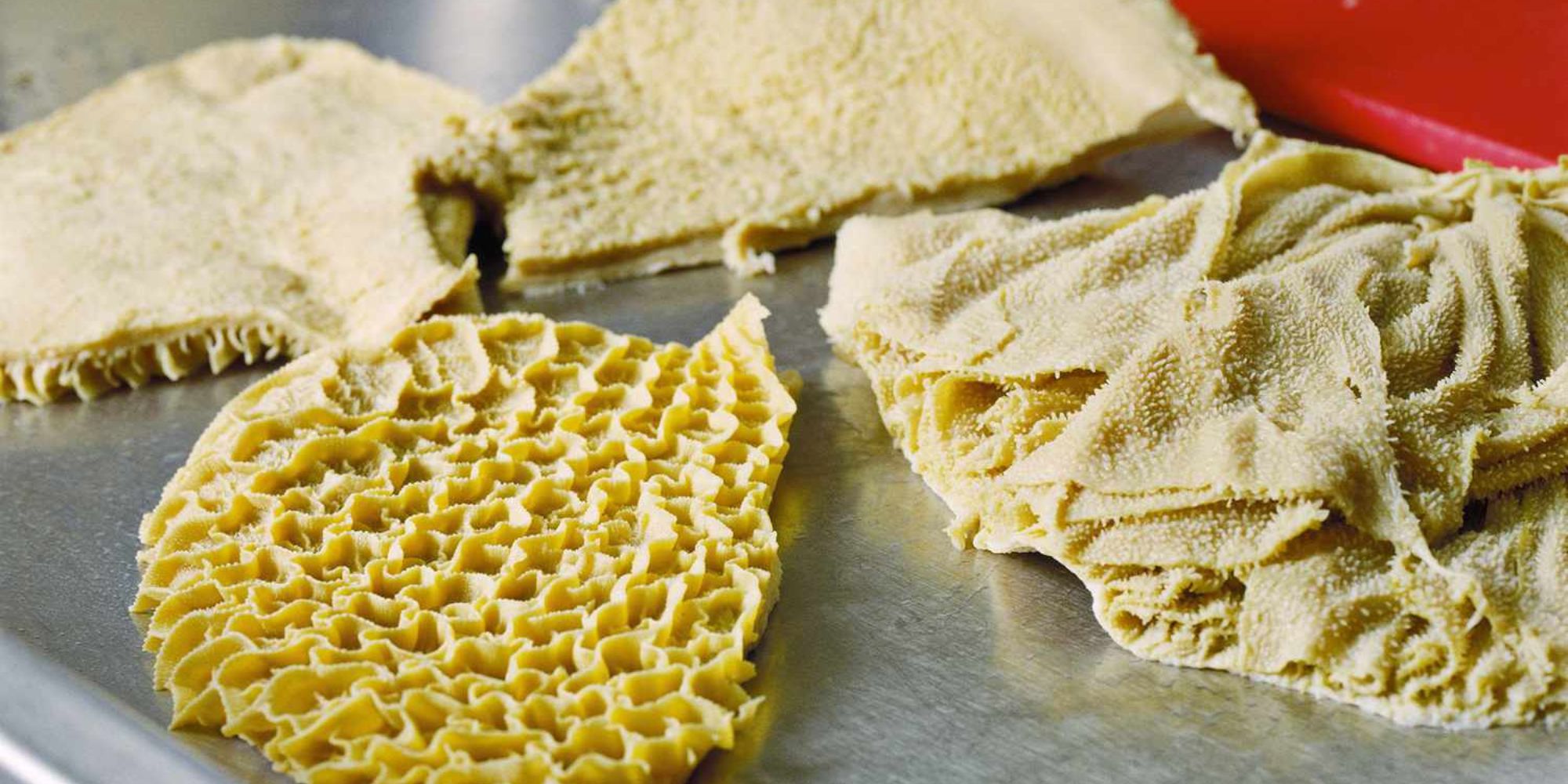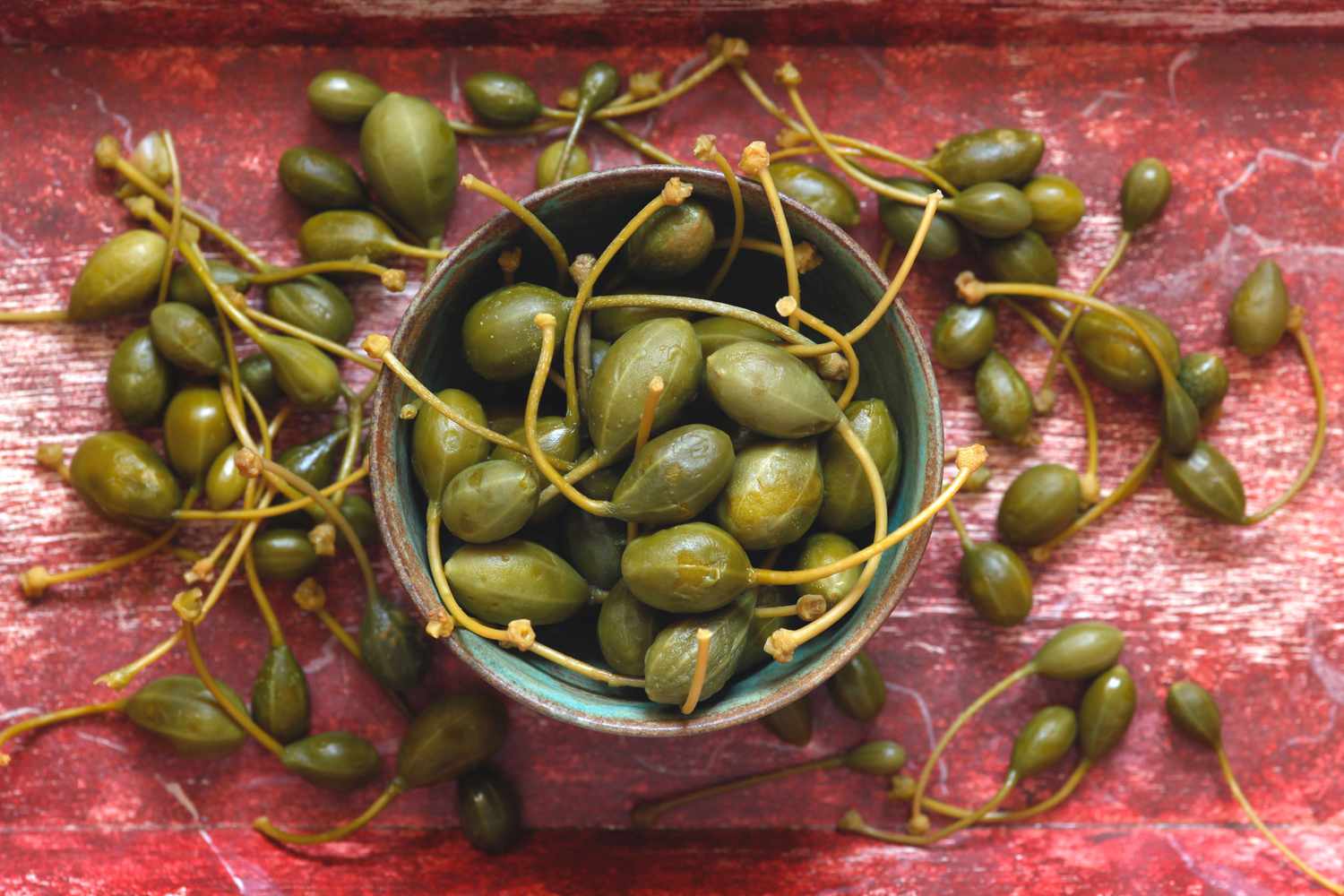When it comes to cooking fish, one of the most common tasks is deboning. Deboning a whiting fish before cooking can seem like a daunting task, but with the right technique, it can be a simple and rewarding process. In this article, we'll walk you through the steps to debone a whiting fish like a pro.
Why Debone Whiting Fish?
Deboning a whiting fish is essential for a few reasons:
- Removing bones makes the fish safer to eat, especially for children and older adults.
- It ensures a more enjoyable dining experience, as no one wants to bite into a bone unexpectedly.
- Deboning the fish before cooking allows for easier seasoning and preparation.
Tools You'll Need
Before you start deboning your whiting fish, make sure you have the following tools on hand:
- Sharp fillet knife
- Cutting board
- Tweezers or pliers
- Paper towels
Step-by-Step Guide to Deboning Whiting Fish
Follow these simple steps to debone a whiting fish before cooking:
Step 1: Prepare Your Workstation
Lay out your cutting board and place the whiting fish on top. Make sure you have all your tools within reach.
Step 2: Make the Initial Incision
Using a sharp fillet knife, make a shallow incision along the top of the fish, just behind the gills. Be careful not to cut too deep.
Step 3: Remove the Head
Once you've made the initial incision, gently twist and pull the head of the fish to remove it.
Step 4: Open the Fish
With the head removed, open the fish up by making a cut along the belly, from the head-end to the tail.
Step 5: Locate the Backbone
Using your fingers or the tip of the fillet knife, locate the backbone of the fish. This will serve as your guide for removing the bones.
Step 6: Cut Along the Backbone
Carefully run your fillet knife along the backbone, separating the flesh from the bones. Take your time and use smooth, steady strokes.
Step 7: Remove the Rib Bones
Once you've removed the main section of bones, use tweezers or pliers to pull out any remaining rib bones.
Step 8: Check for Remaining Bones
After deboning one side, flip the fish over and repeat the process to ensure all bones are removed.
Step 9: Rinse and Pat Dry
Once the fish is deboned, give it a quick rinse under cold water and pat it dry with paper towels before cooking.
Cooking Your Deboned Whiting Fish
Now that your whiting fish is deboned, you can prepare it according to your favorite recipe. Whether you choose to grill, bake, or pan-sear the fish, the deboning process ensures a smooth and enjoyable cooking experience.
Conclusion
Deboning a whiting fish before cooking may seem intimidating at first, but with practice and the right technique, it becomes second nature. By following the steps outlined in this guide, you can confidently debone a whiting fish and prepare it for a delicious meal. So, next time you're in the kitchen, don't let the fear of bones hold you back from enjoying this flavorful and versatile fish.
For those who have mastered the skill of deboning whiting fish, there are a number of recipes that will make excellent use of your newfound expertise. You might want to try Whiting Fish and Chips for a classic and satisfying meal. If you're in the mood for something a bit more sophisticated, Whiting Fish Piccata offers a delightful combination of lemon, capers, and white wine. For a hearty and warming dish, Whiting Fish Chowder is an excellent choice, especially during cooler months. Lastly, Grilled Whiting Fish with Garlic and Herbs is perfect for a lighter, yet flavorful option that emphasizes the natural taste of the fish. These recipes not only make good use of your deboning skills but also offer a variety of flavors to keep your meals interesting.
Was this page helpful?
Read Next: How To Debone Herring

